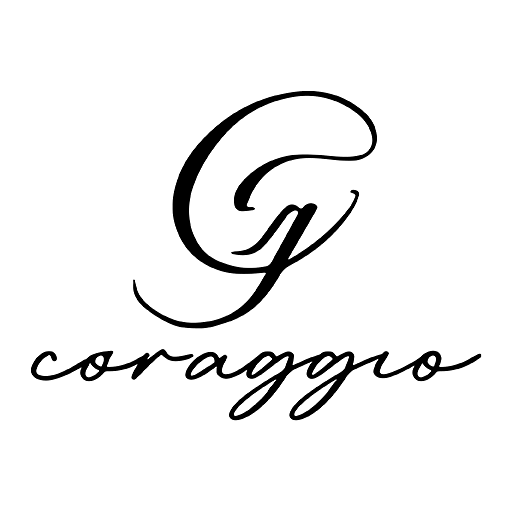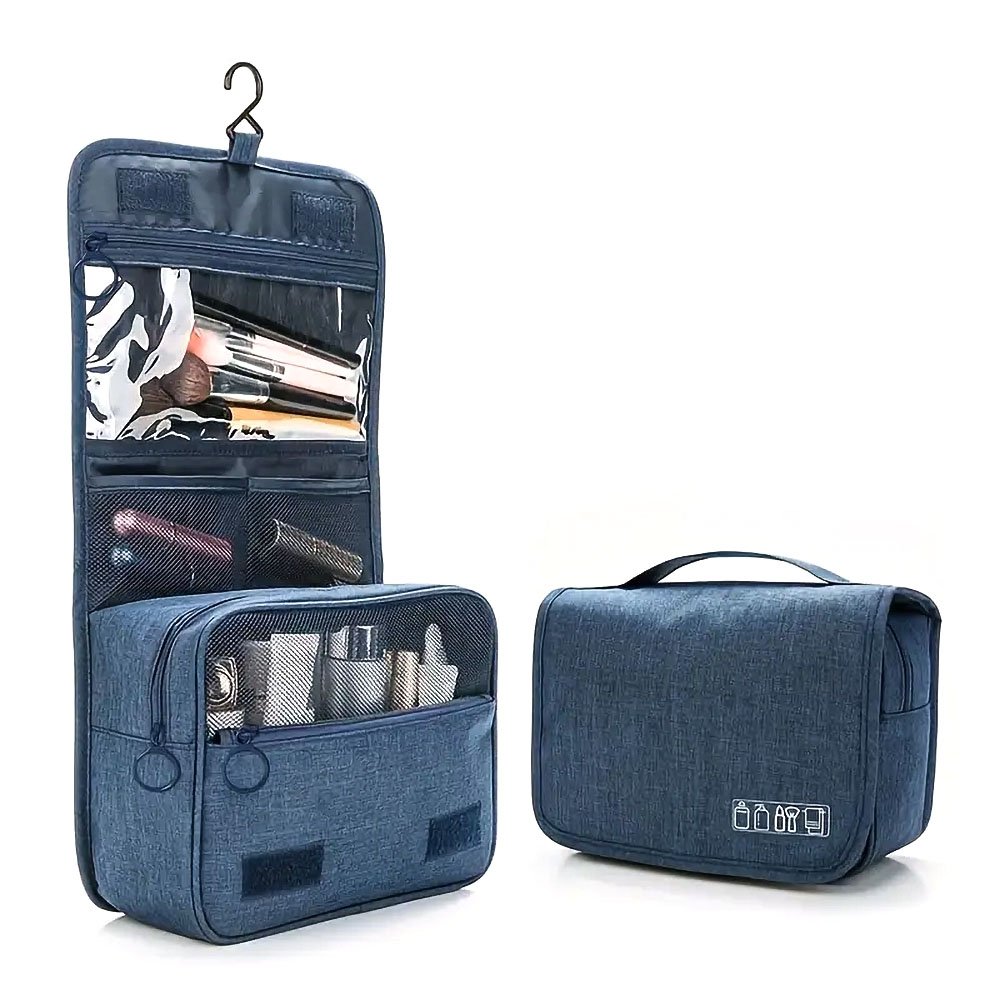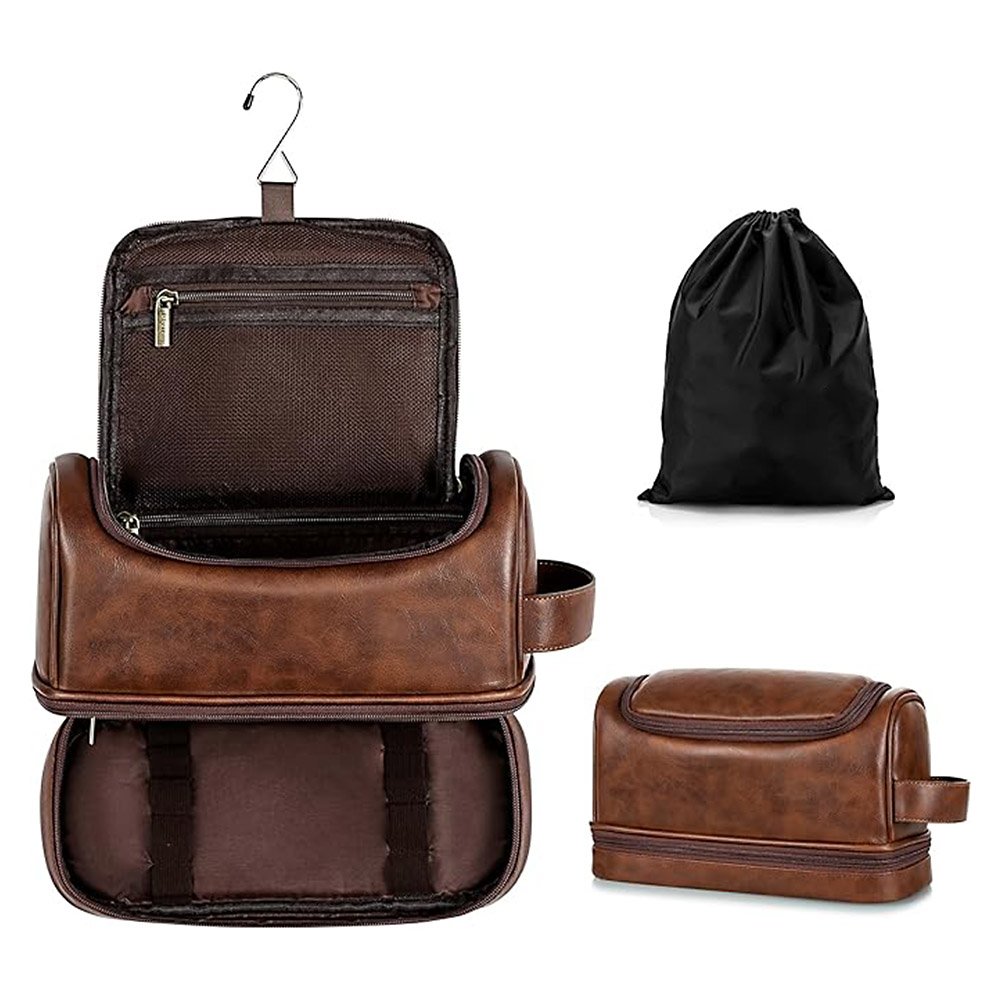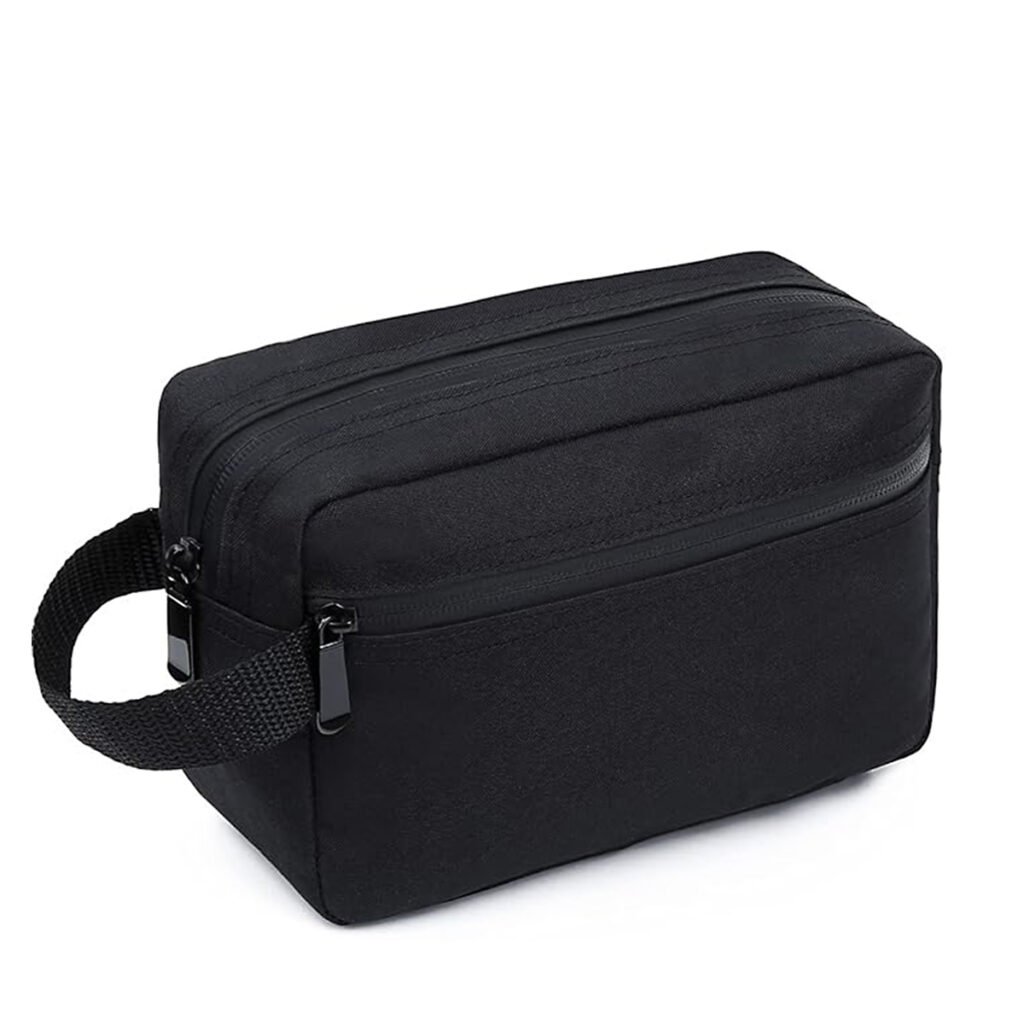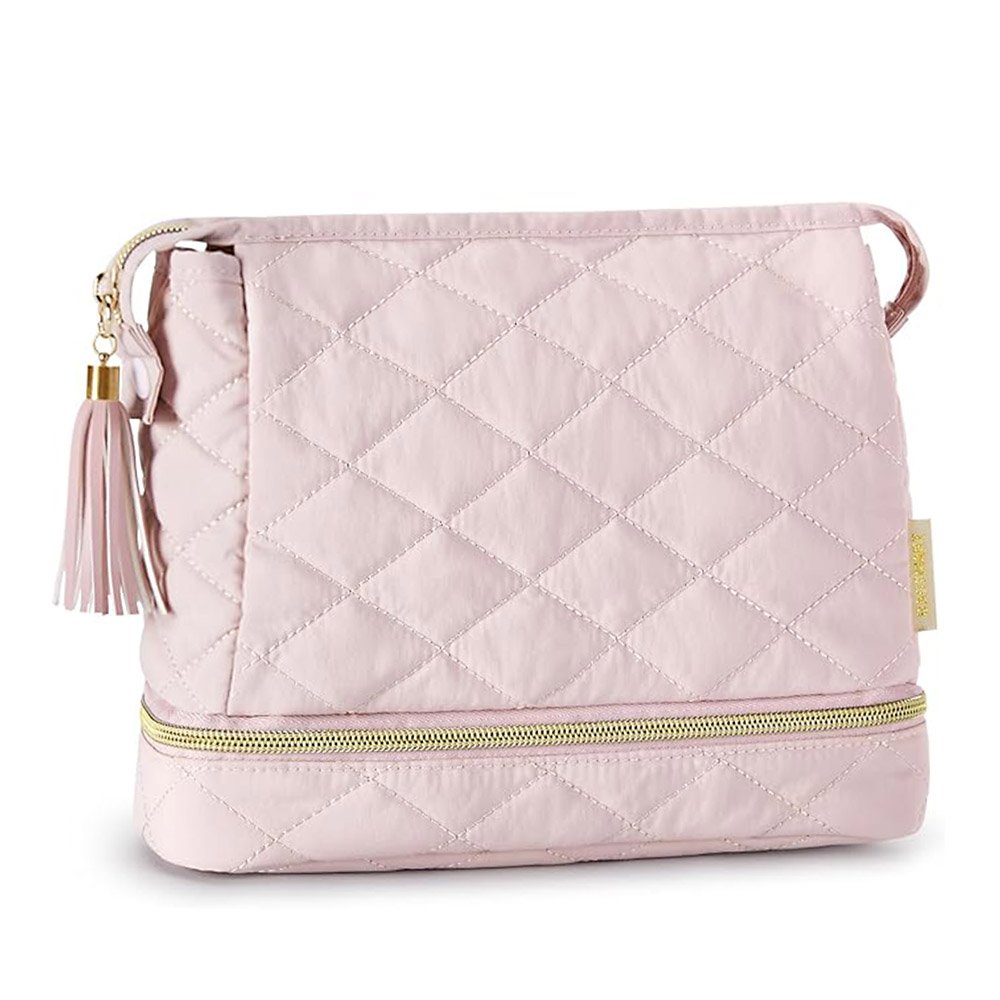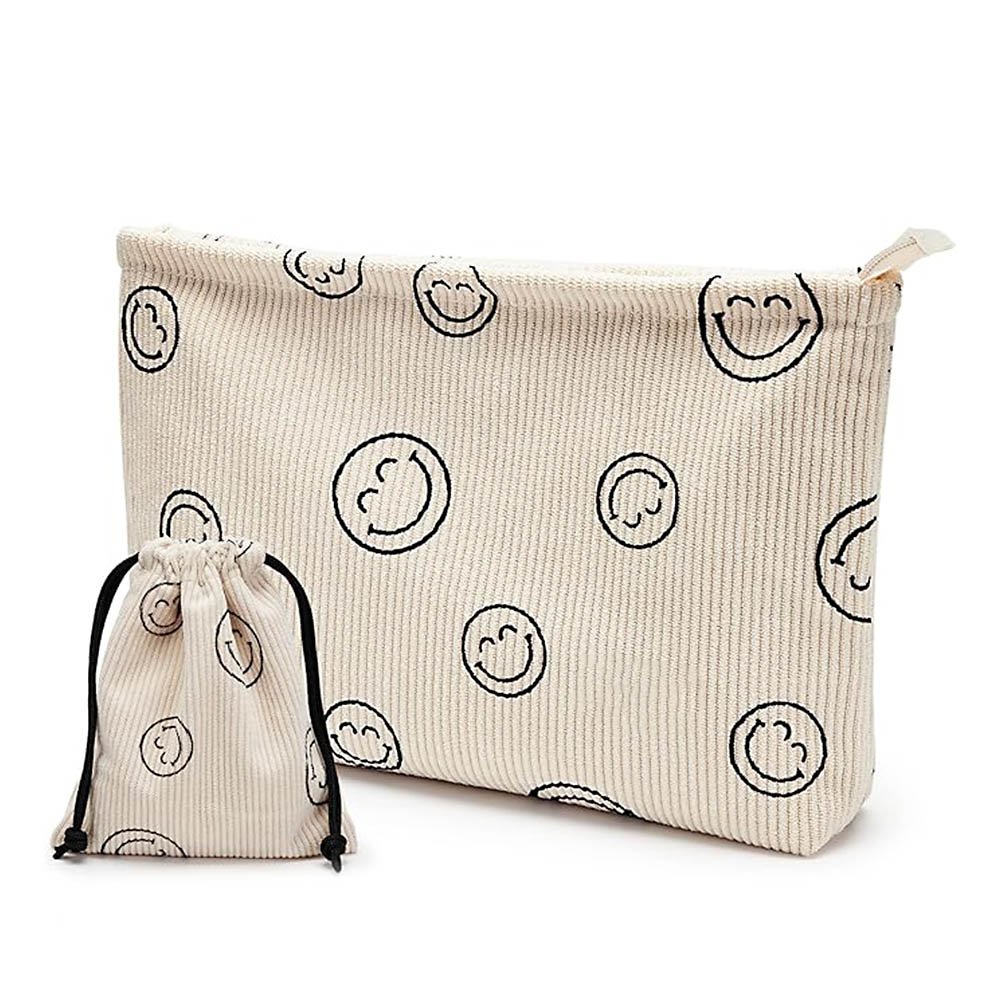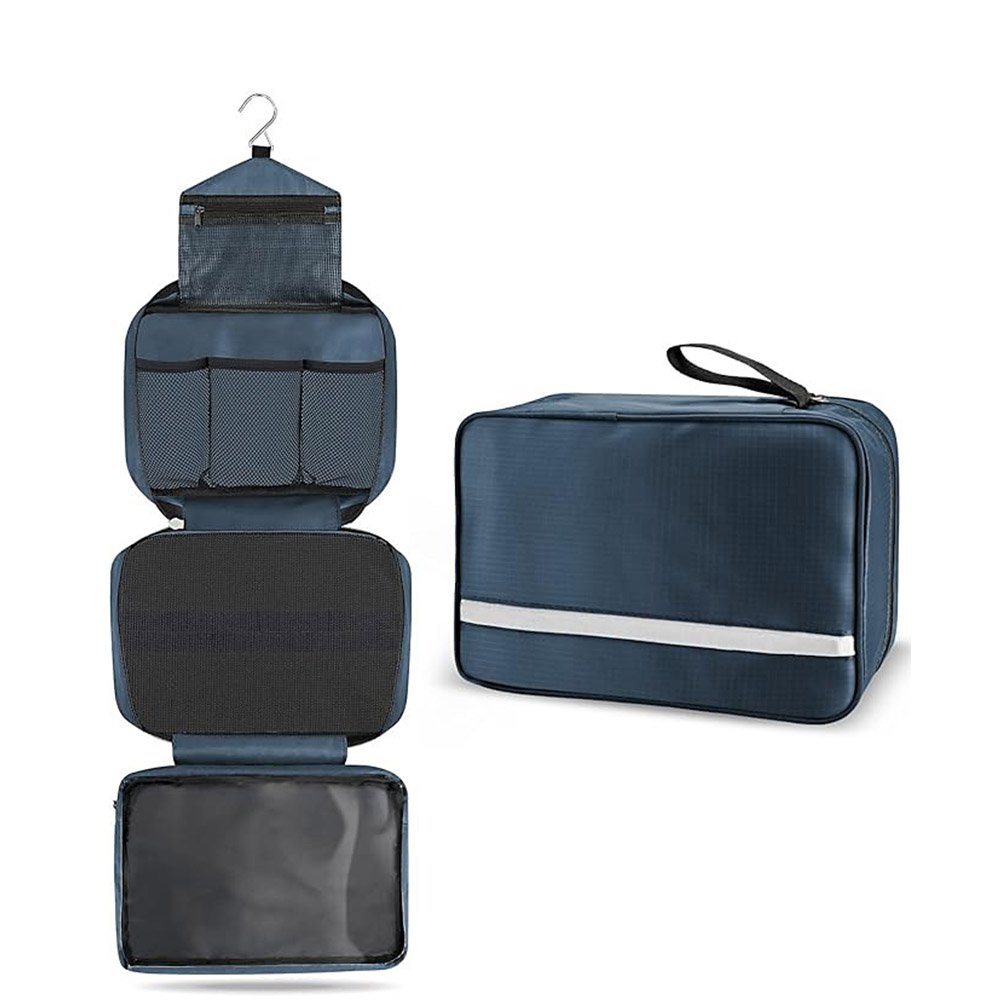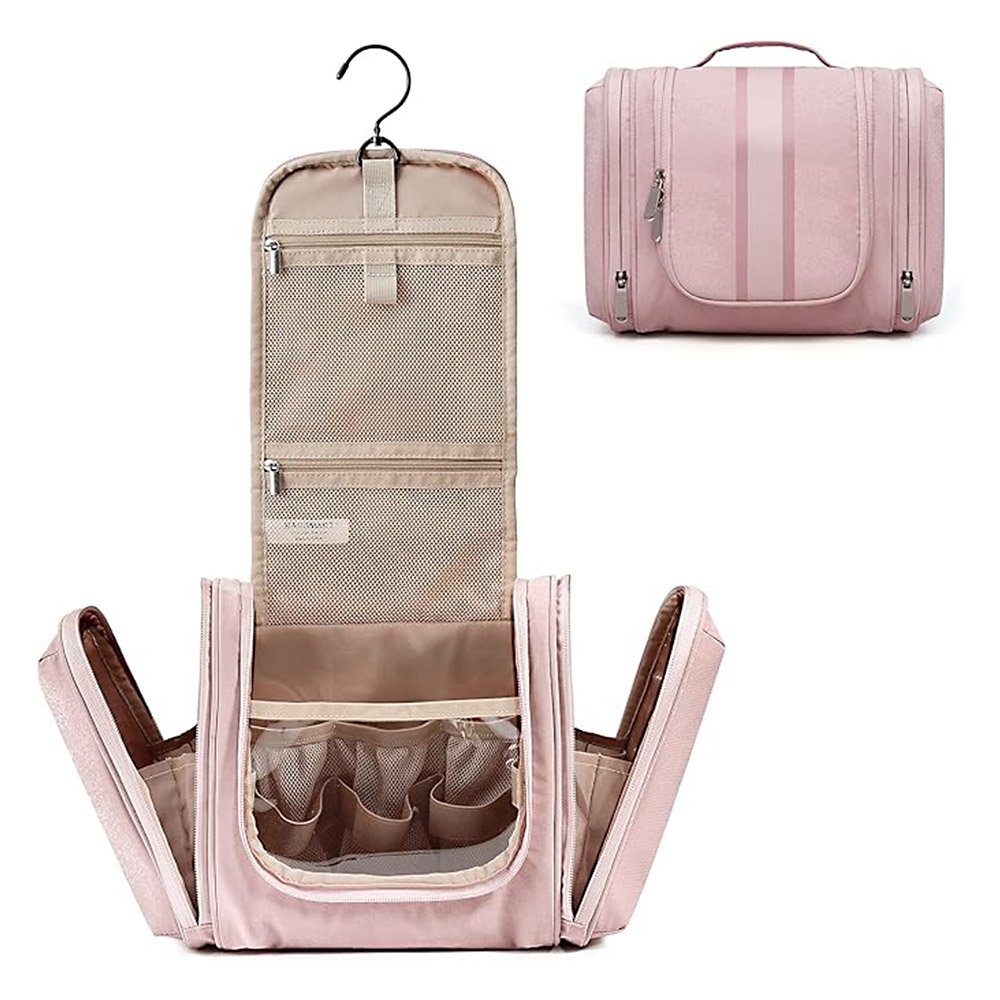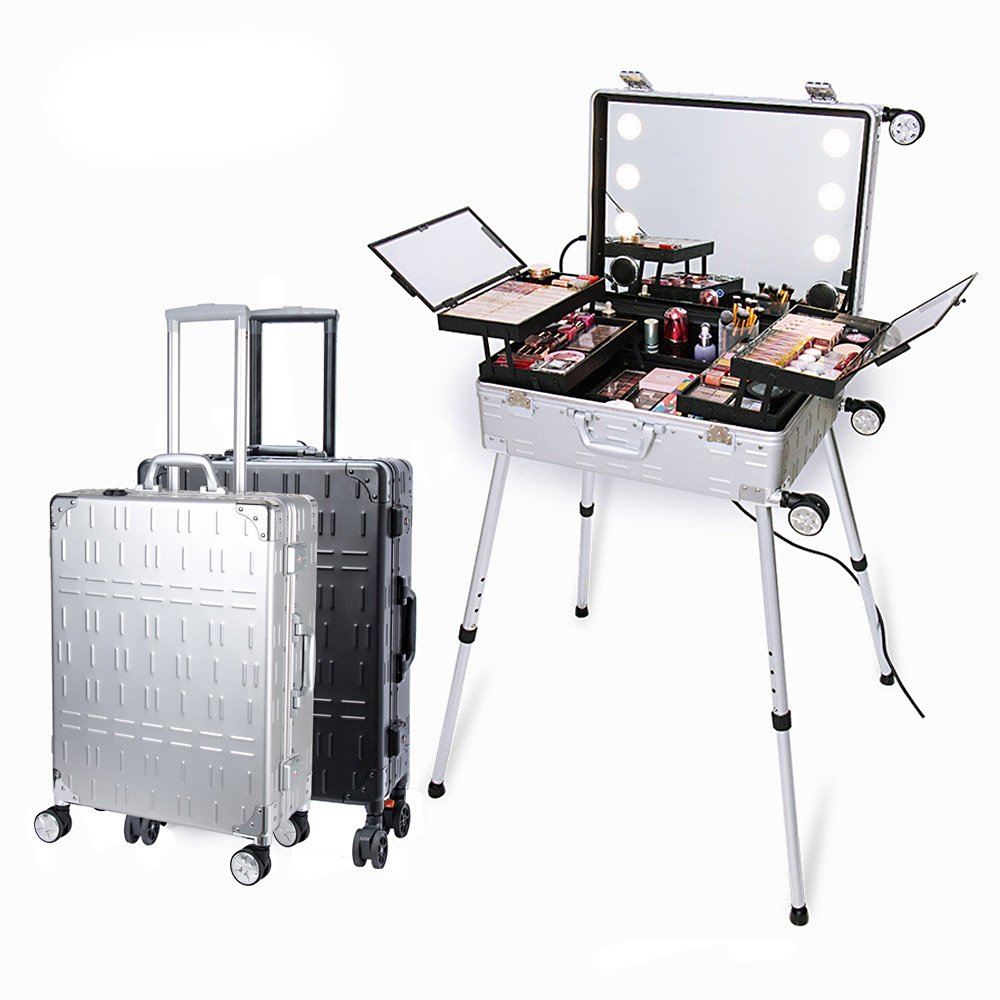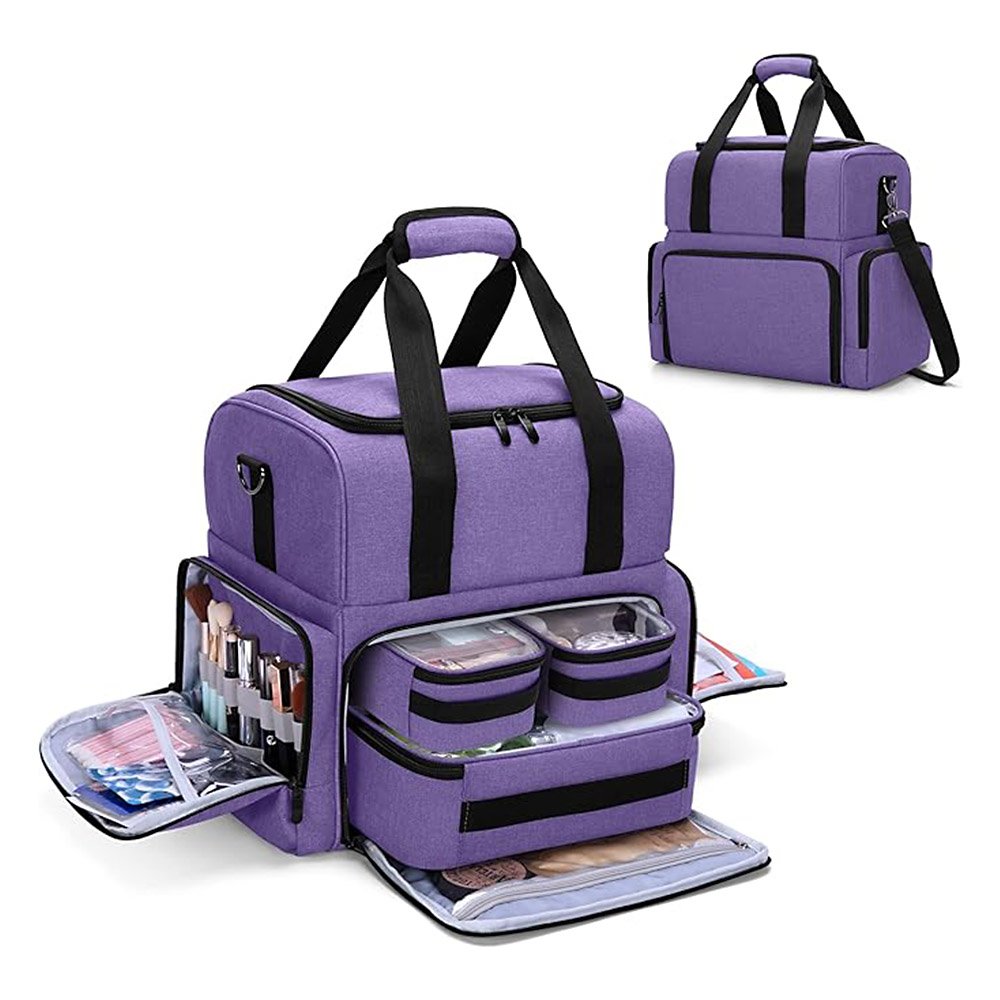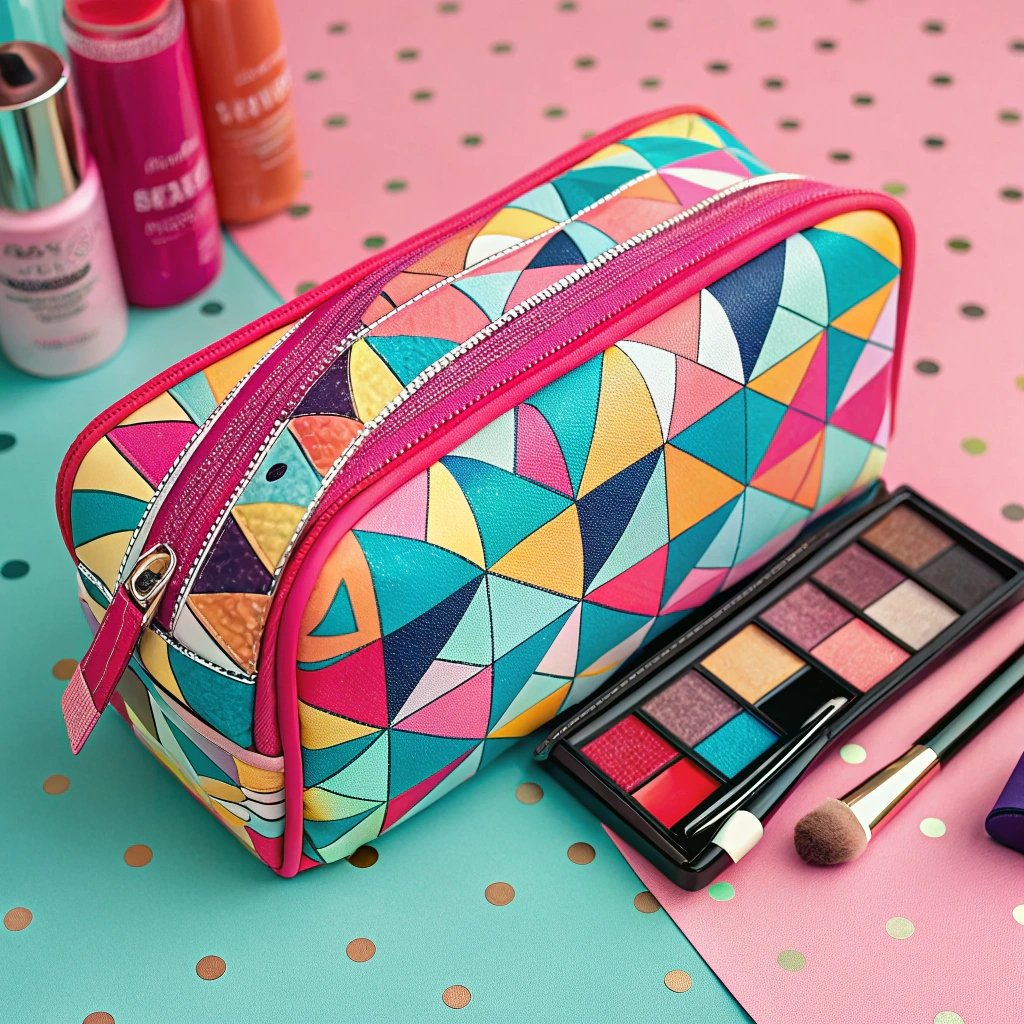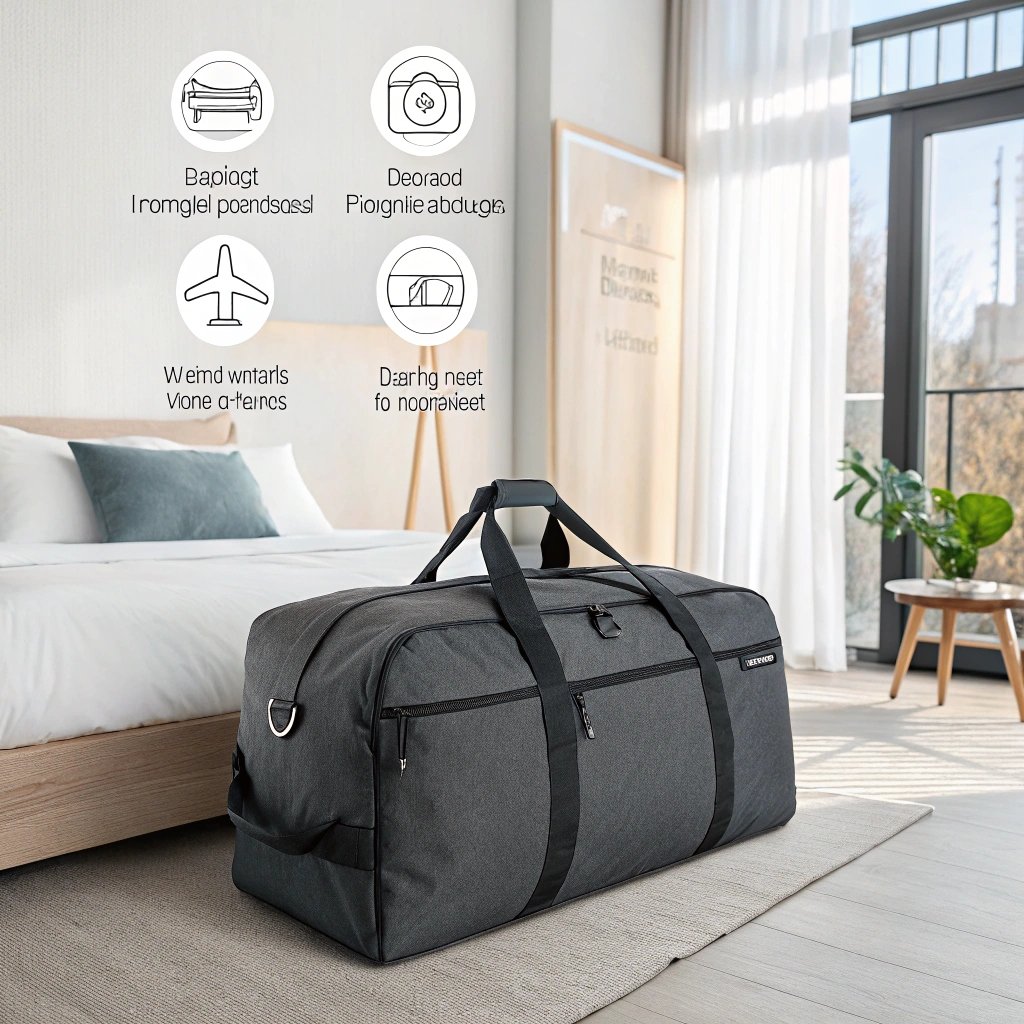Hey there! Have you ever found yourself staring at your bathroom counter, trying to decide whether to pack a toiletry bag or a cosmetic bag? Yeah, I’ve been there, too. These bags may seem similar at first glance, but they serve unique purposes. Let’s dive into what makes each bag tick and why you might choose one over the other, shall we?
Answer Paragraph:
A toiletry bag is primarily designed for travel, compacting essential grooming supplies. In contrast, a cosmetic bag, often more detailed, serves as a personal beauty station, organizing makeup tools and products for easy access and identity expression.
But the differences don’t stop at their definitions. The materials, structure, and intended user base reveal more profound distinctions that cater to specific needs and scenarios, from rugged travel environments to the delicate handling of beauty products.
Materials: Durability Meets Design
Toiletry bags are typically crafted from durable materials like nylon, polyester, or leather, designed to withstand the rigors of travel. Their interiors often feature waterproof or water-resistant linings to contain leaks from toiletries like shampoos or lotions, which is essential for keeping other luggage contents safe. For example, a popular choice among travelers is the polyester toiletry bag with silicone backing for added waterproofing.
While also robust, cosmetic bags tend to focus more on aesthetics and less on ruggedness. Materials such as velvet, satin, or quilted cotton look chic and are gentle on the delicate makeup items they store. Designers might incorporate specialized compartments lined with soft fabrics to protect brushes and powders from damage, emphasizing internal organization and visual appeal.
Usage Scenarios: From Hotels to Homes
Consider a traveler staying at a hotel who needs quick access to hygiene essentials in a compact form. A toiletry bag with a hook could be hung in the bathroom, providing easy access to contents without taking up counter space. This design is effective for cramped hotel bathrooms or shared accommodations like hostels.
On the other hand, a professional makeup artist working in a fashion show environment uses a cosmetic bag differently. Their bag must be more like a portable vanity, with sections for brushes, foundations, eyeshadows, and other tools, possibly with built-in lighting for touch-ups in various settings. This scenario shows how the design and usage of a cosmetic bag can be pretty specialized, focusing on functionality in specific professional or personal grooming contexts.
Target Groups: Who Uses What?
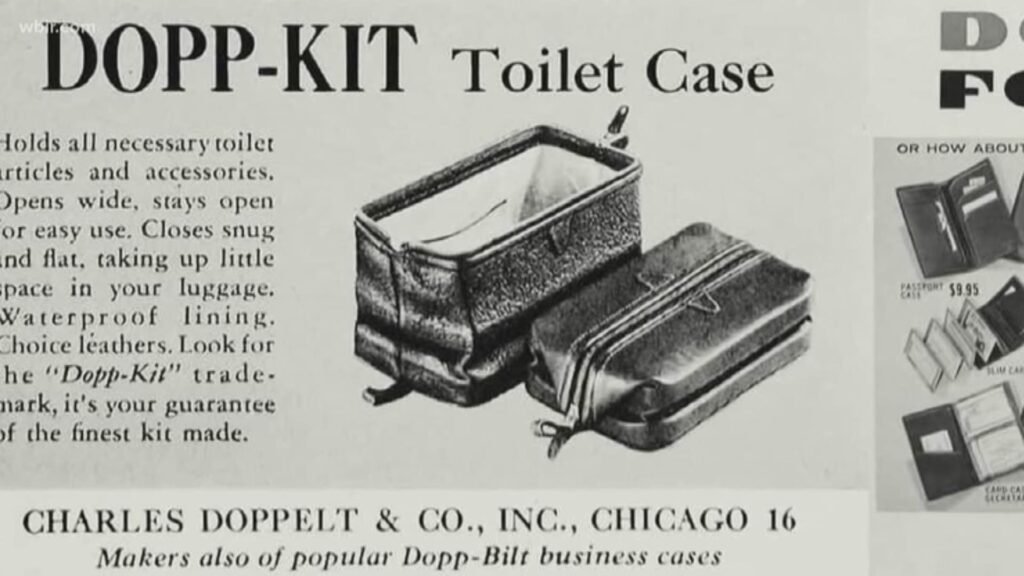
Toiletry bags often appeal to a broad audience, including men and women. They are marketed as essential gear for anyone on the go. For example, Dopp kits—a type of toiletry bag named after Charles Doppelt, a leather goods designer who popularized this style in the early 20th century—are favored by many business travelers for their simplicity and functionality.
Cosmetic bags may have a more niche market. Users of these bags, such as product managers in beauty companies or fashion-conscious consumers, appreciate features that enhance the organization and protection of cosmetics. A luxurious cosmetic bag might feature compartments for different types of makeup, with a segment designed explicitly for delicate items like perfumes or serums tailored to the needs of someone deeply invested in beauty products.
Structure and Accessibility
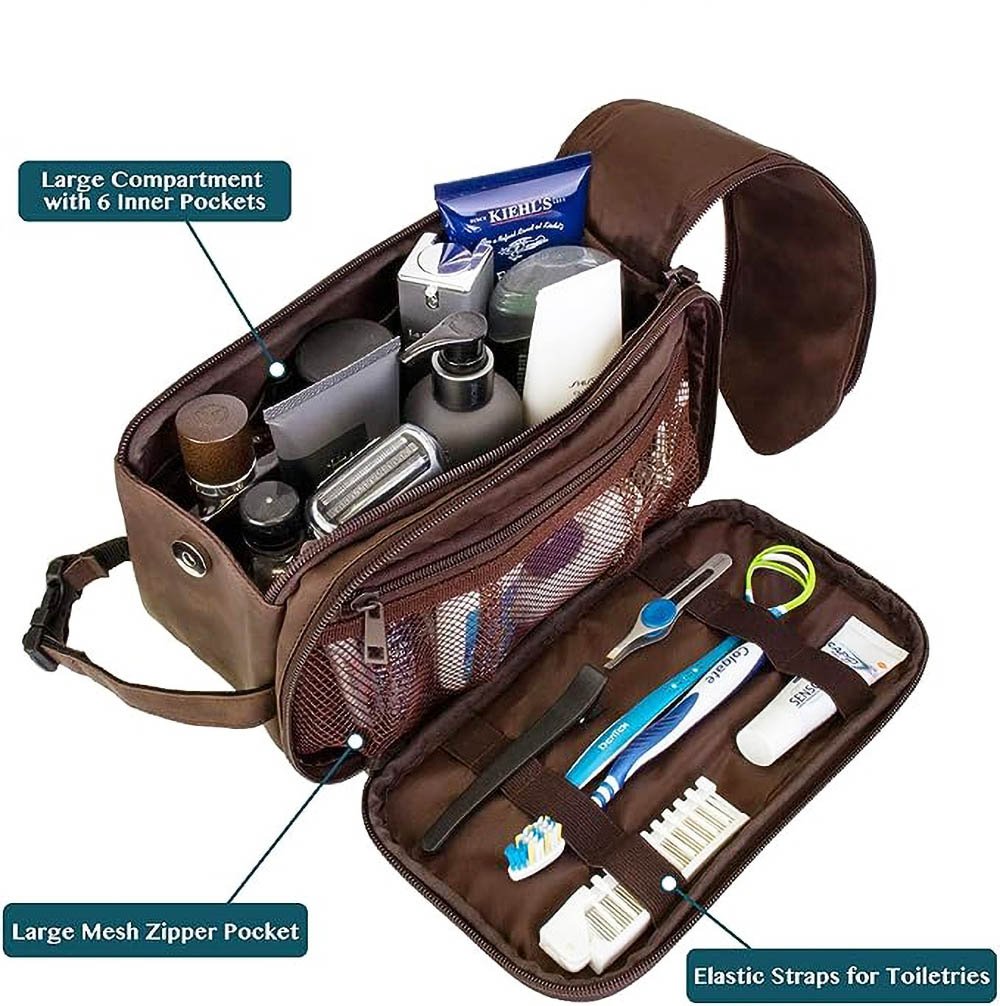
The structural design of toiletry and cosmetic bags also highlights their intended uses. Toiletry bags might have a single large compartment to fit large items like shampoo bottles or shaving kits, complemented by smaller pockets for razors or dental care items. The focus is maximizing space and ensuring easy cleanup in case of spills.
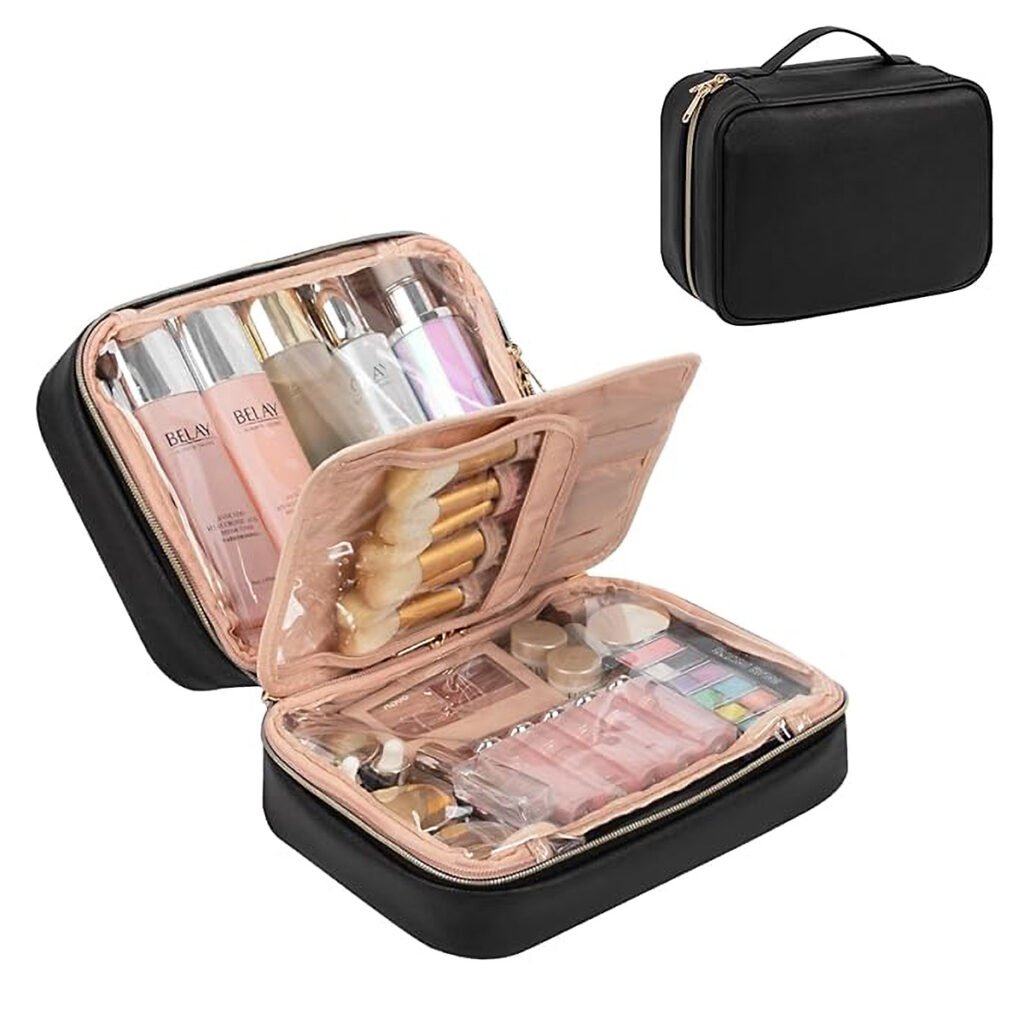
Cosmetic bags, however, might take a different approach. They often feature multiple layers or trays that expand and separate, providing visibility and easy access to various products. Some high-end models include customizable compartments that are adjustable according to the size of the products, which is particularly useful for professional makeup artists or enthusiasts who carry a diverse array of products.
Cultural and Regional Variations
Exploring how different cultures and regions refer to these items can provide insights into global market trends. For instance, in some parts of Europe, a small cosmetic bag might be called a “beauty case,” emphasizing its role in aesthetics rather than functionality. Understanding these nuances can help marketers and product designers cater to specific consumer preferences and regional market demands.
Why Not Check Out Coraggio Bag’s Collection?
If you’re looking for a new bag, you should peek at Coraggio Bag’s options. Whether you need a rugged toiletry bag that can handle your adventurous lifestyle or a chic cosmetic bag that feels like a piece of art, they’ve got you covered. Their designs look good and are built to last, so you’re really getting the best of both worlds.
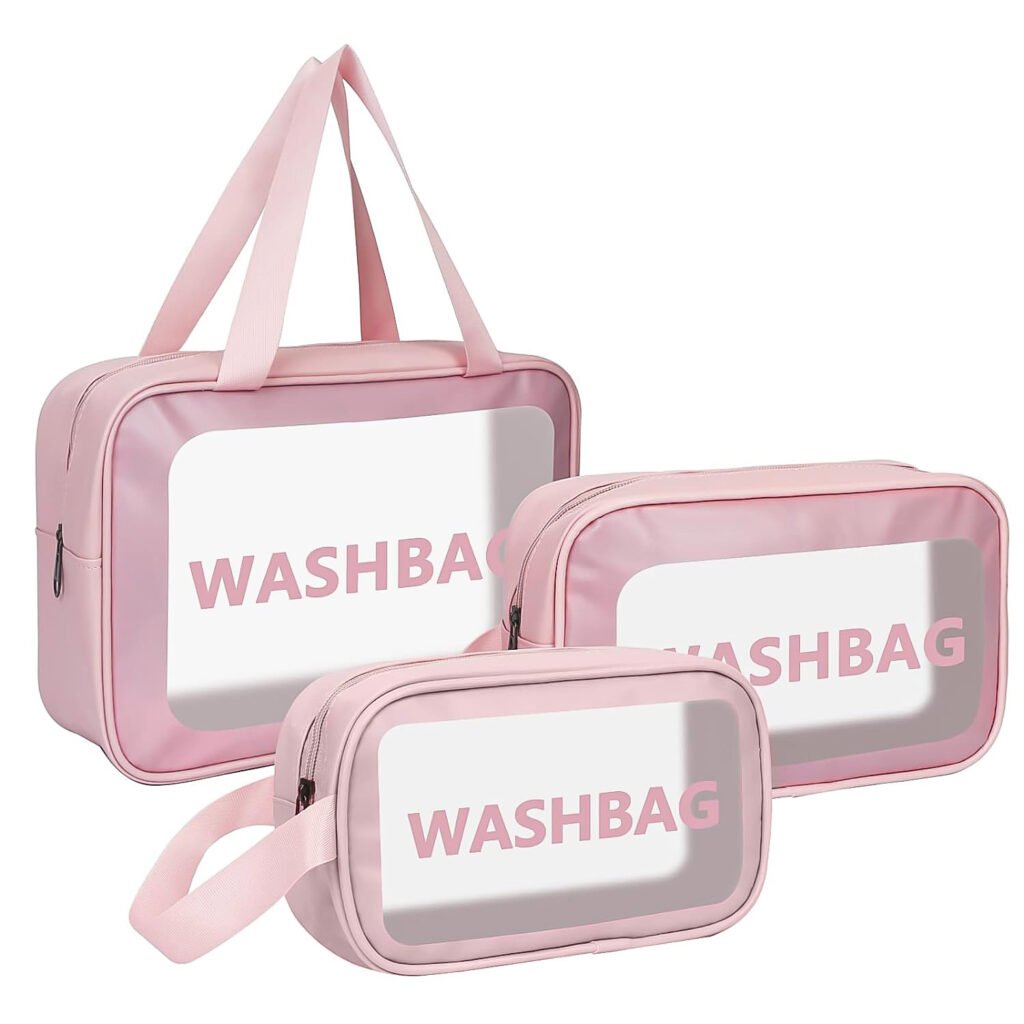
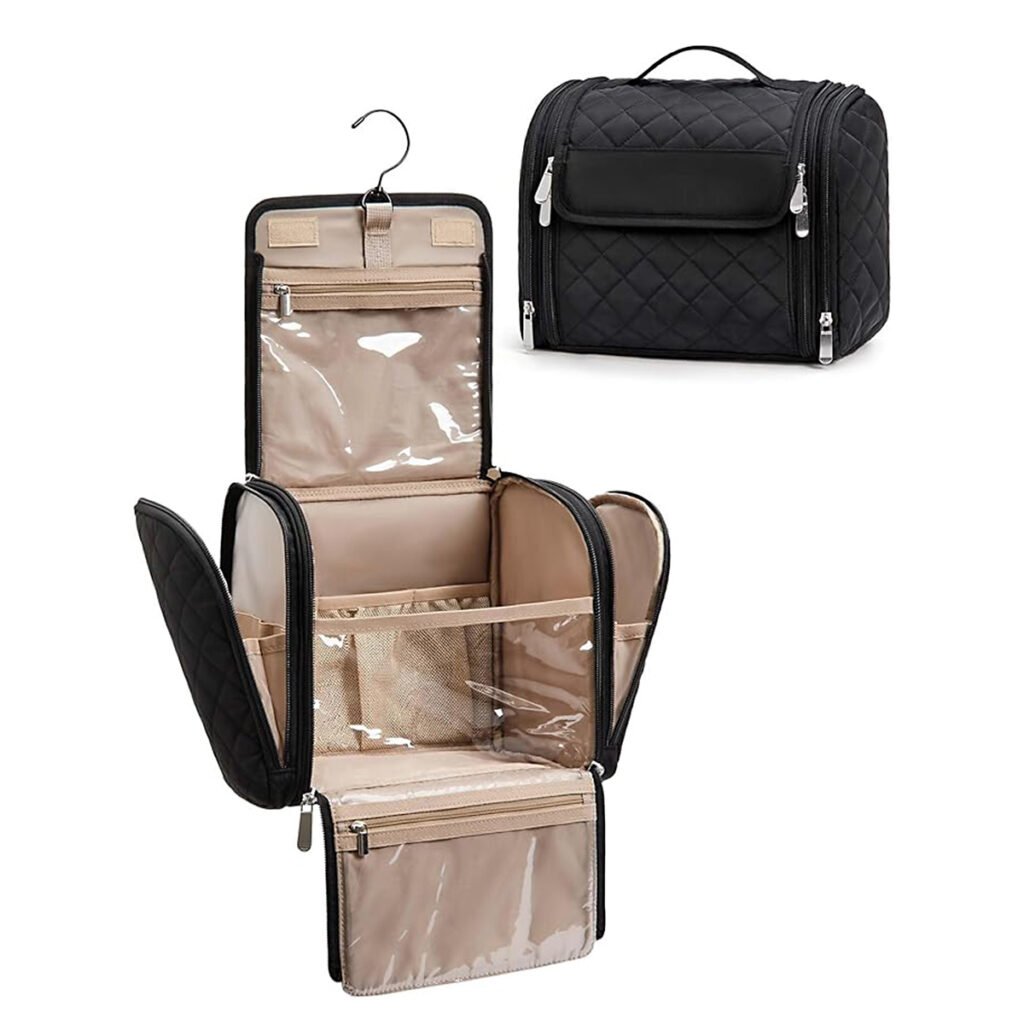
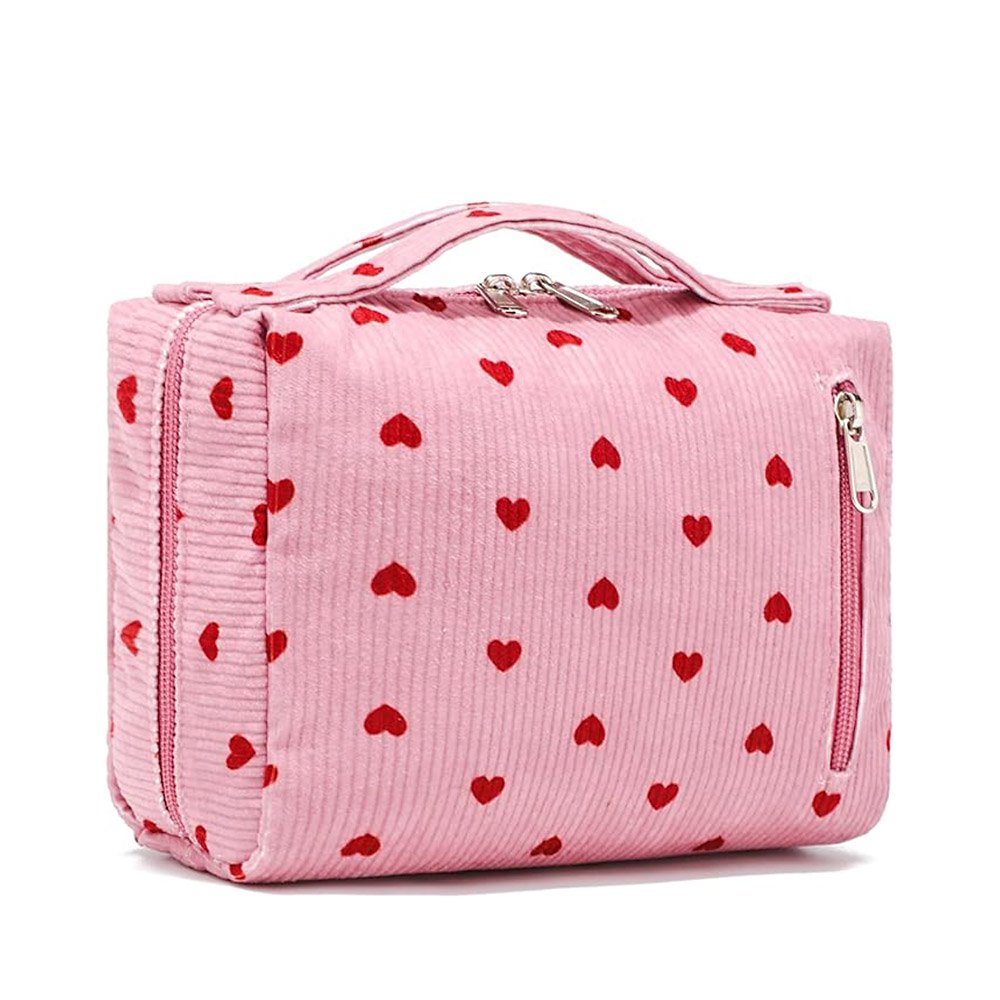


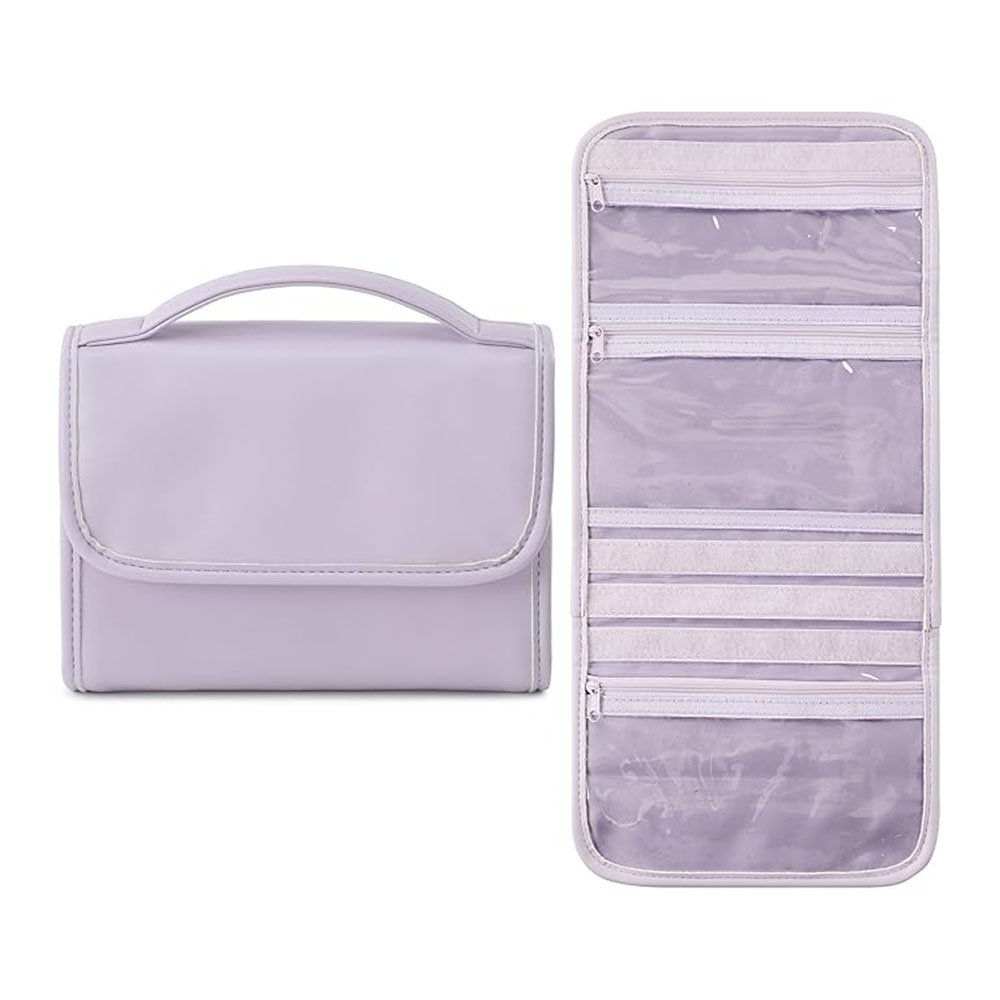

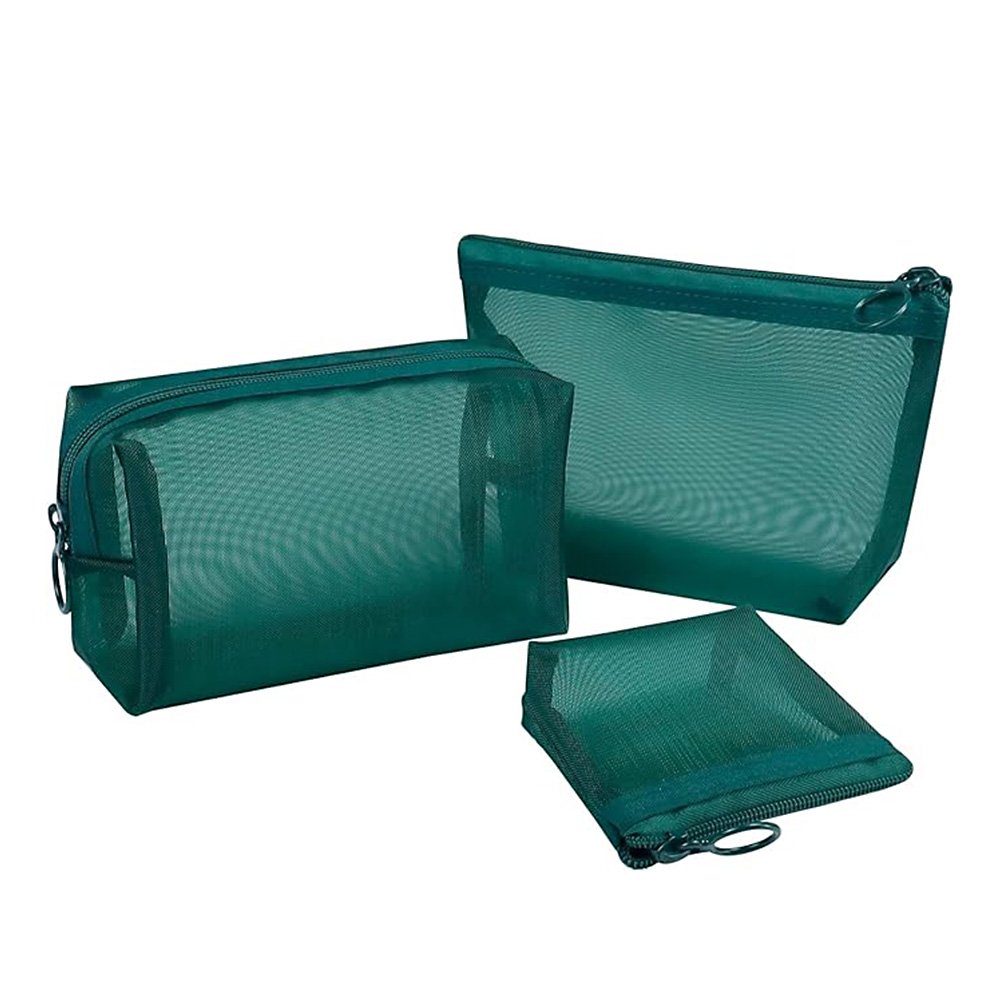
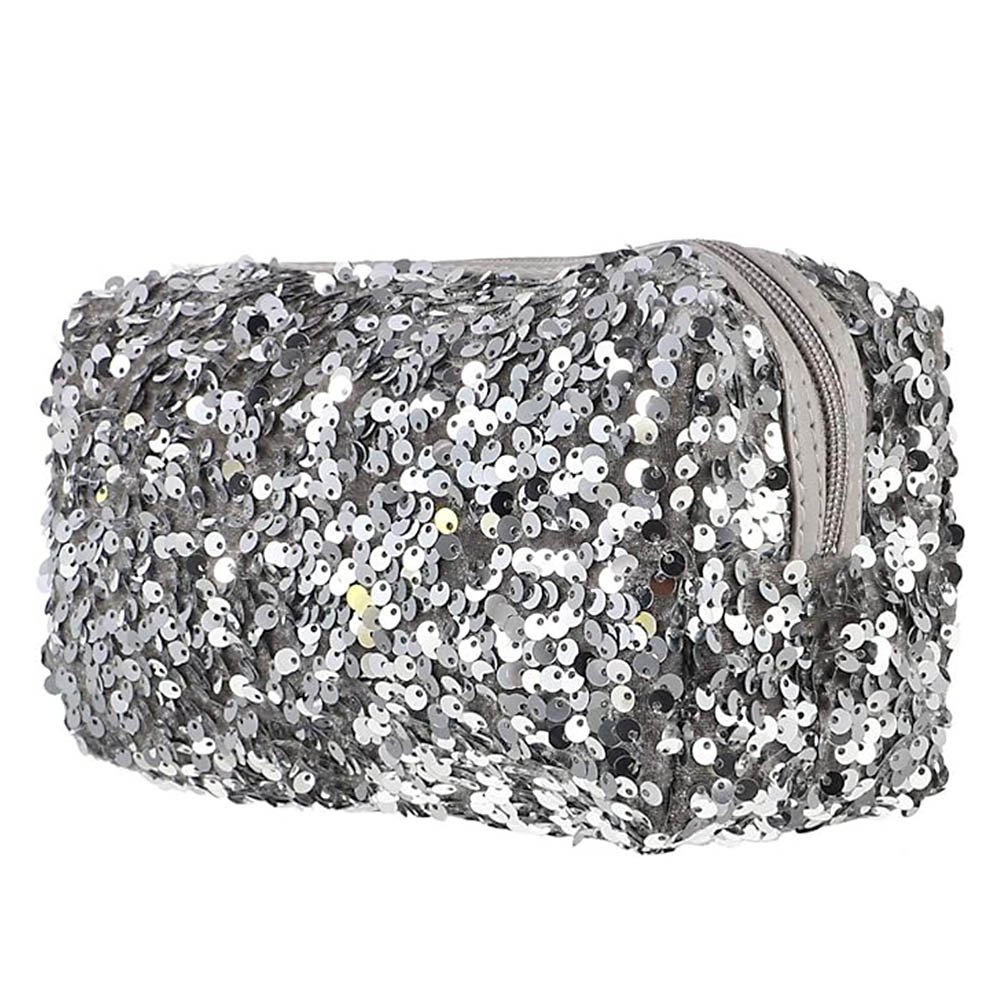
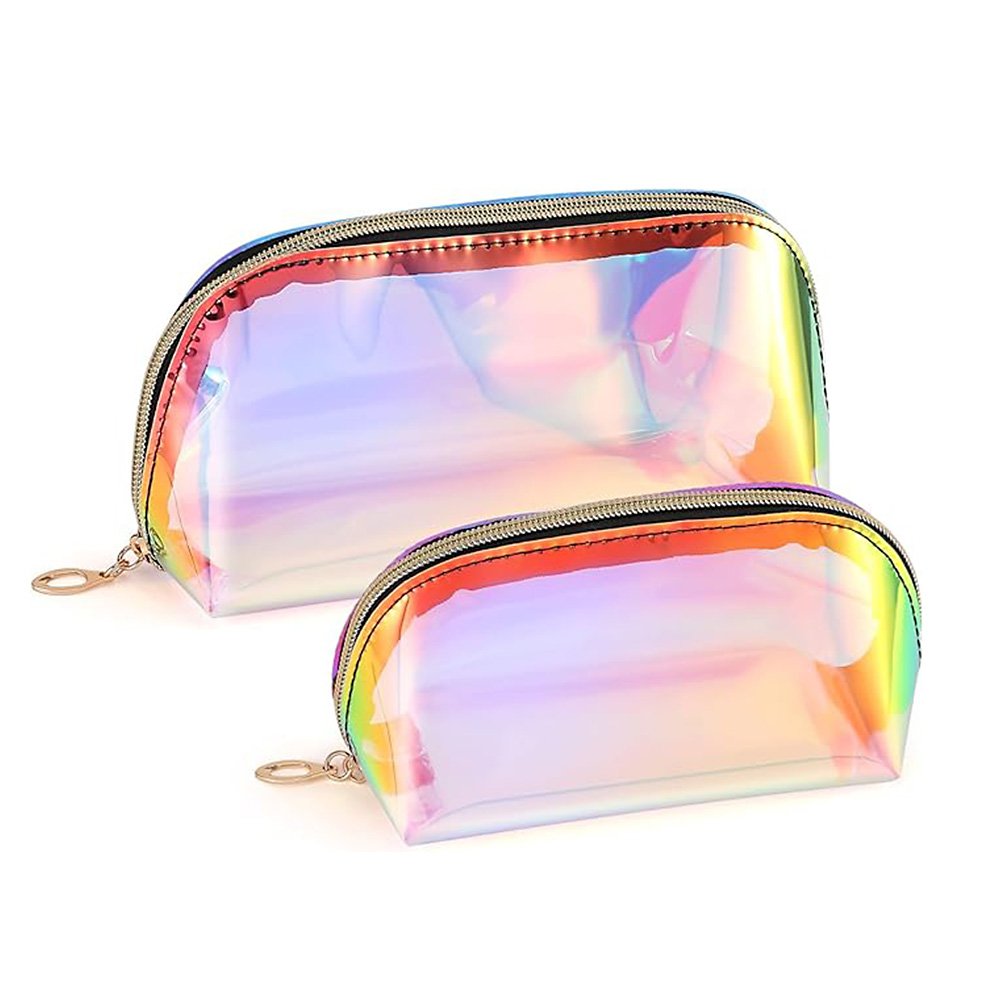

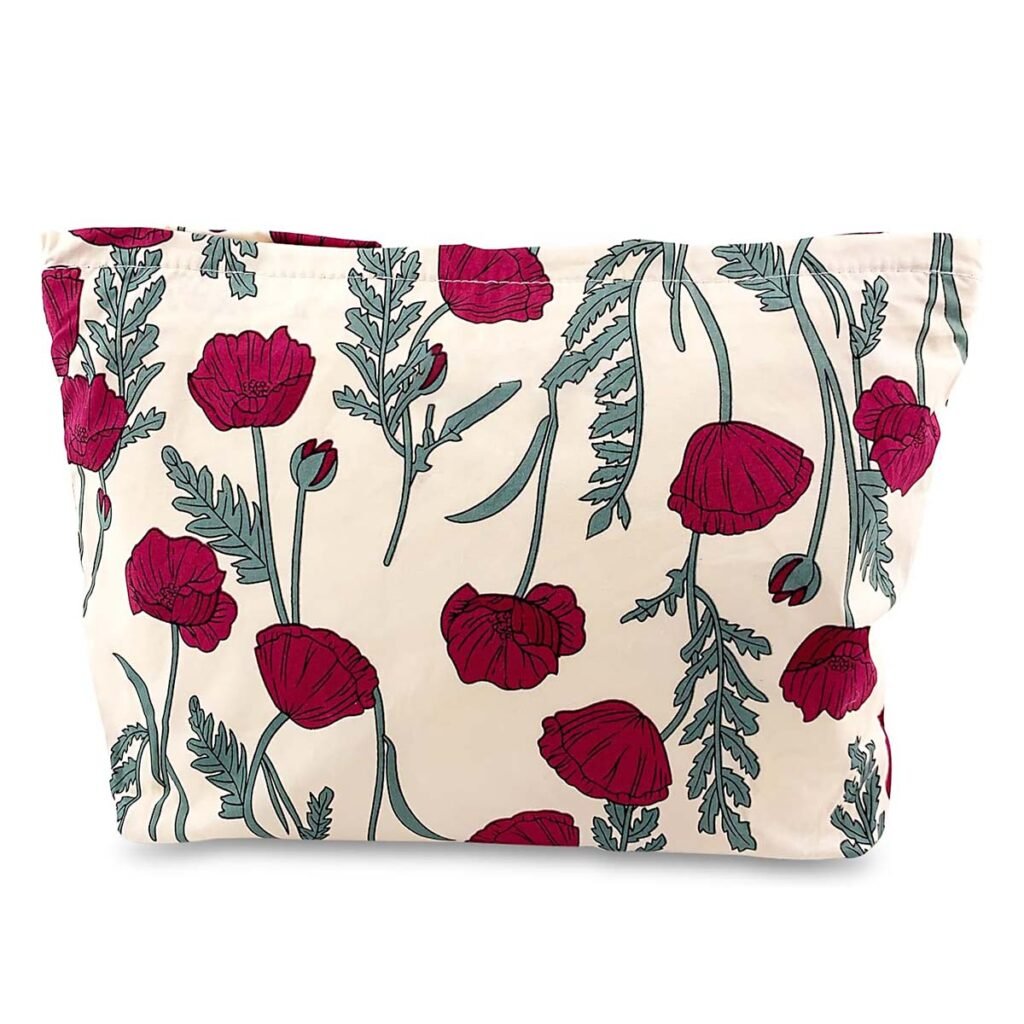
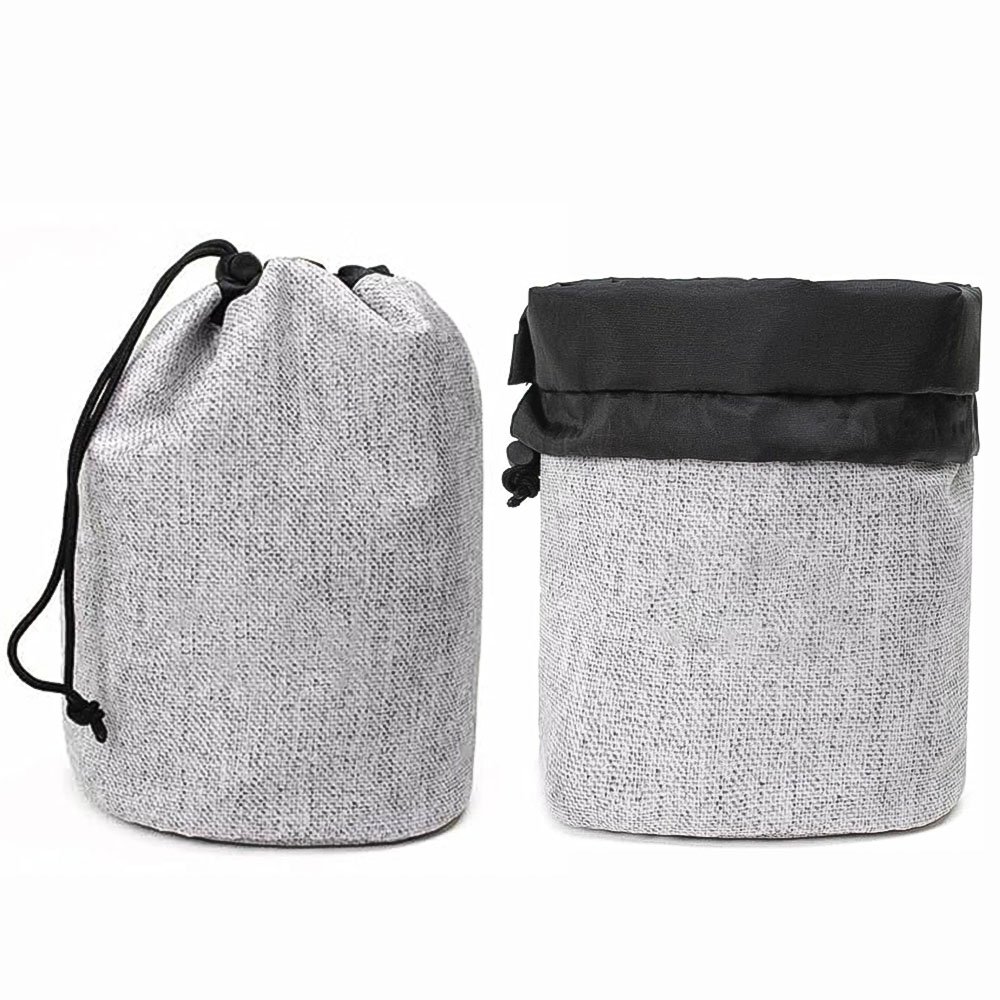
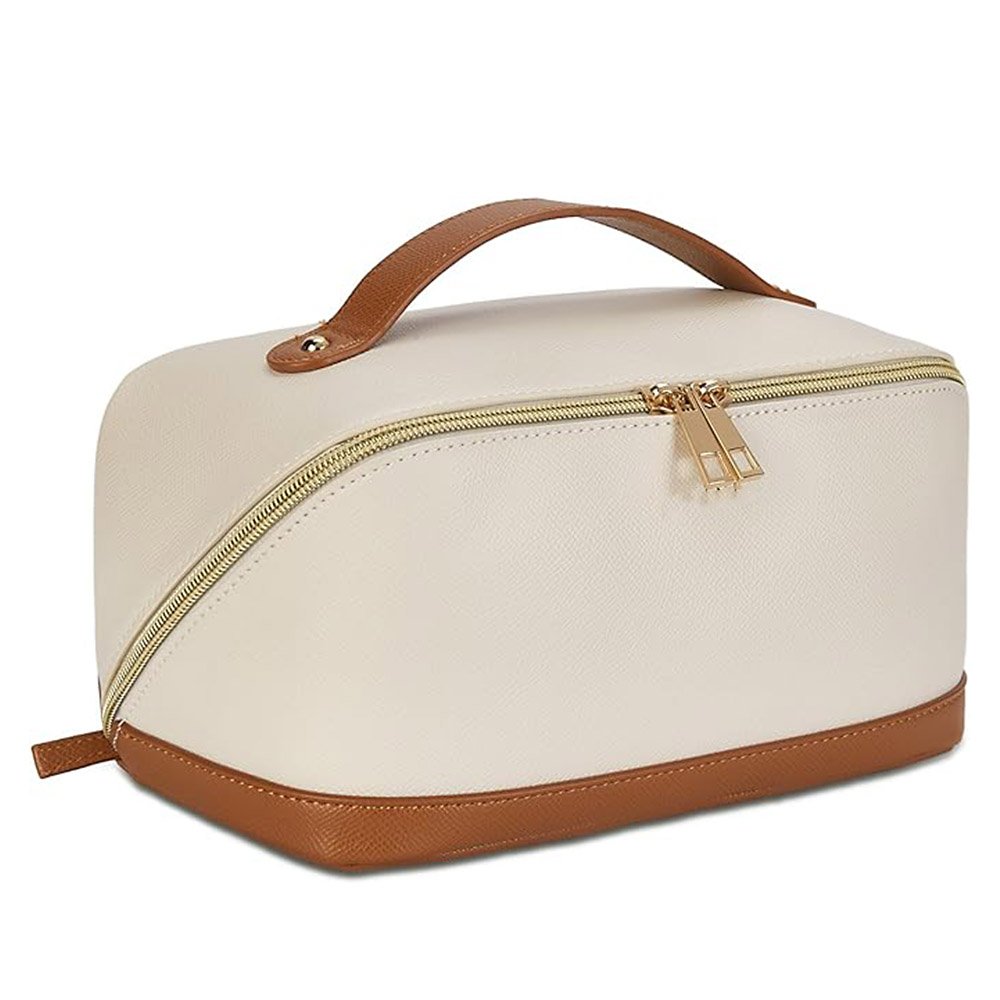
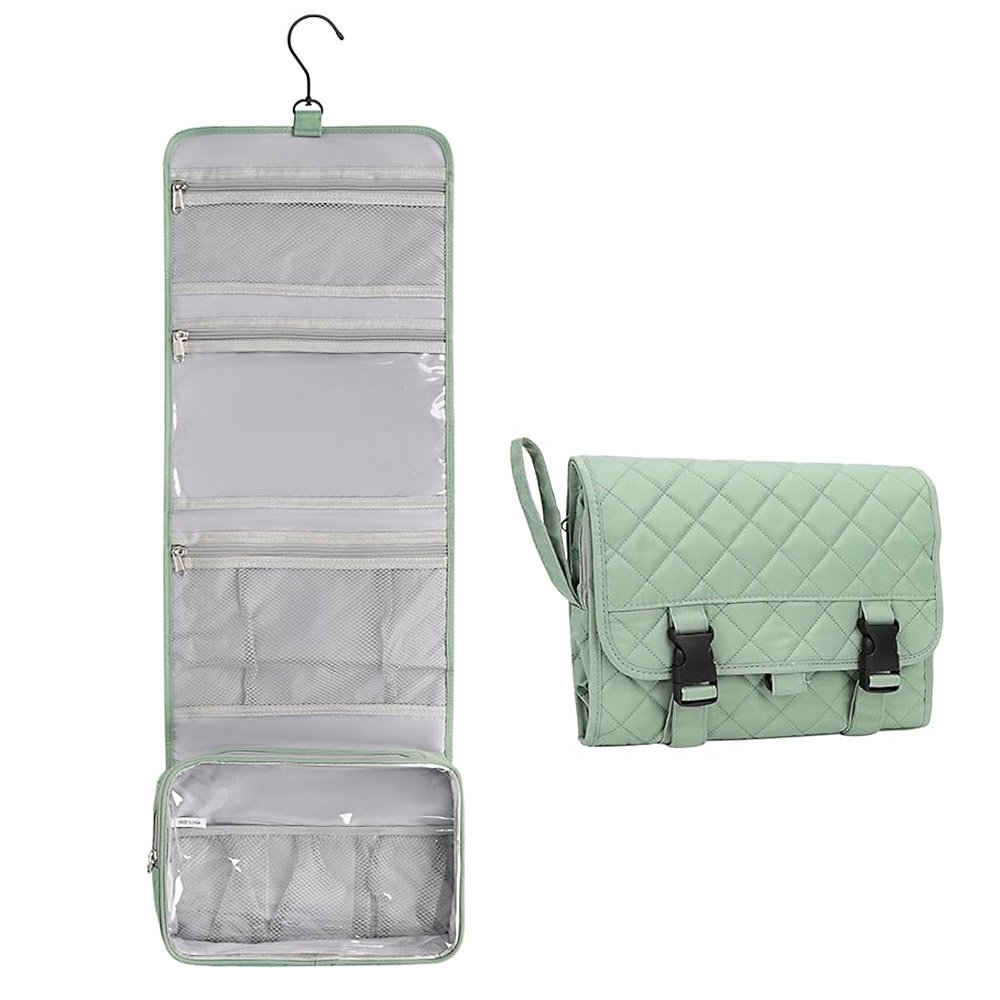
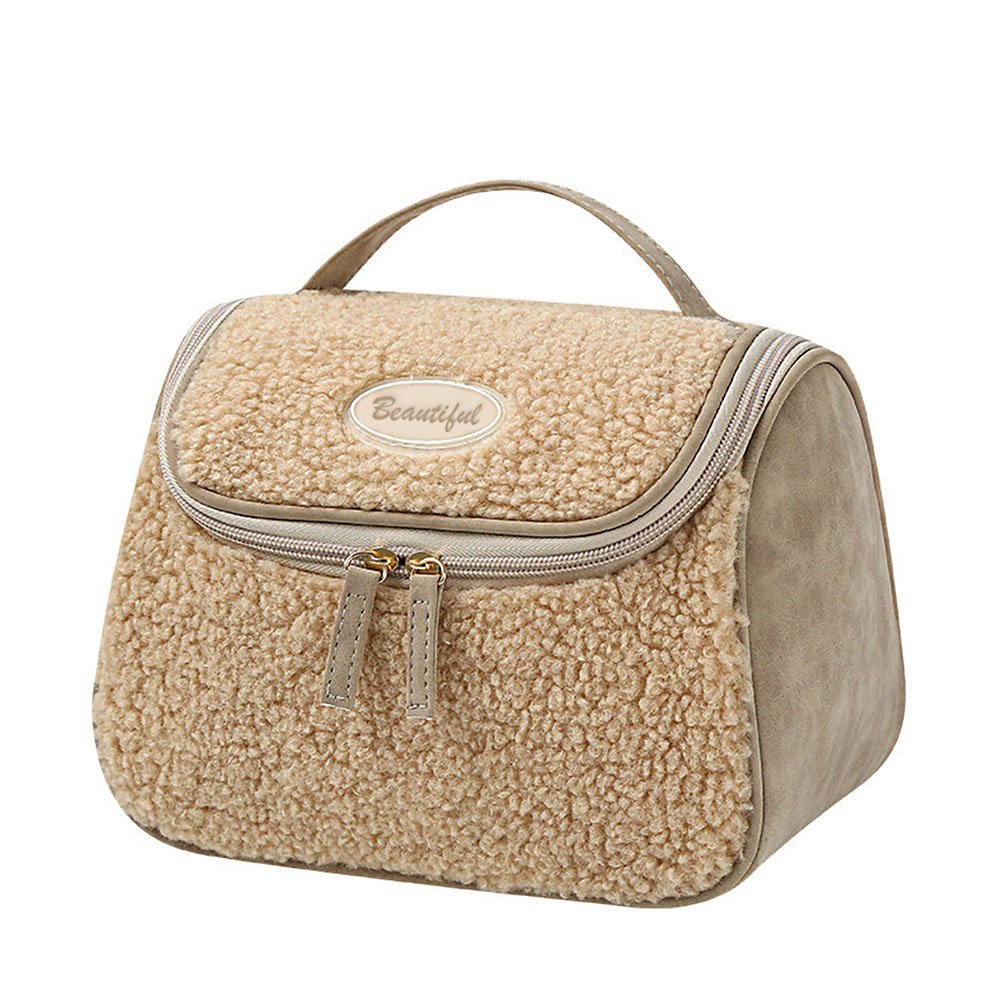
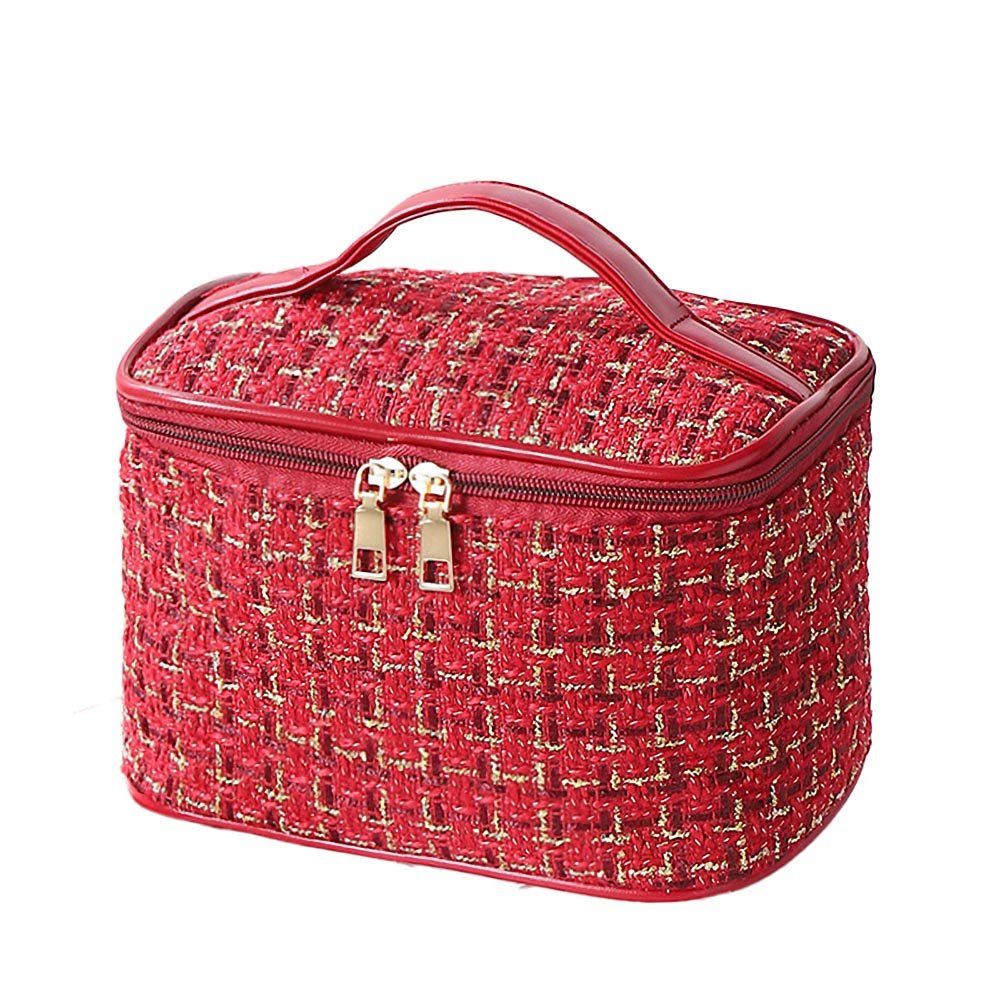

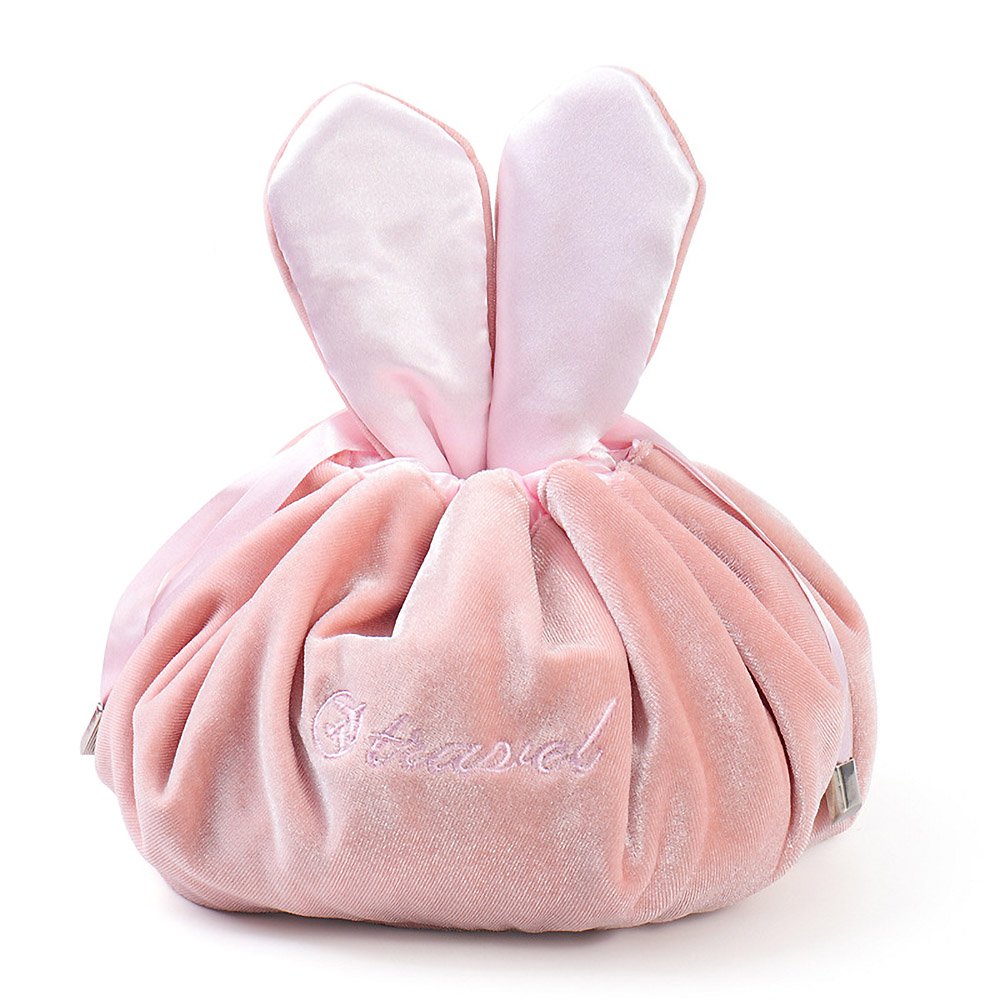

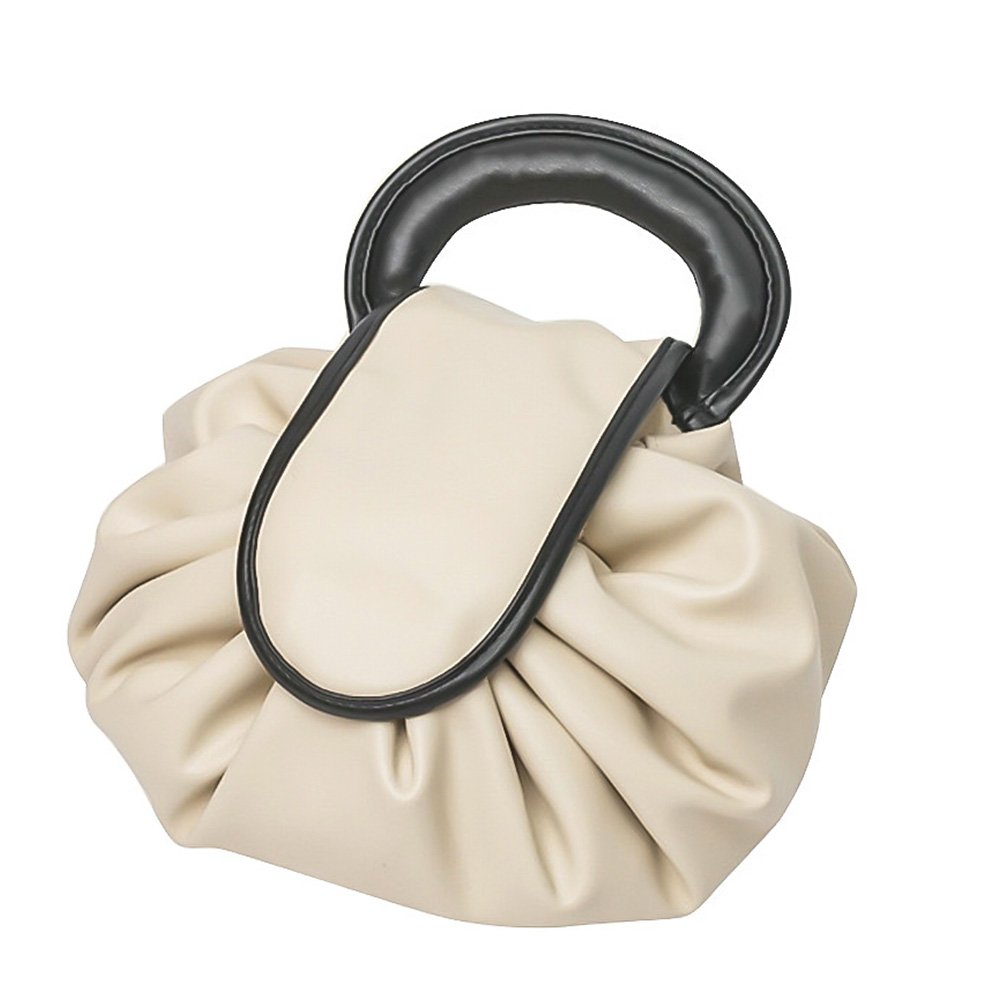
Summary
Choosing between a toiletry bag and a cosmetic bag depends on your needs, lifestyle, and aesthetic preferences. By understanding their differences in materials, structure, usage scenarios, and target audiences, you can select the perfect bag to accompany your daily rituals or travel adventures, ensuring both functionality and style.
